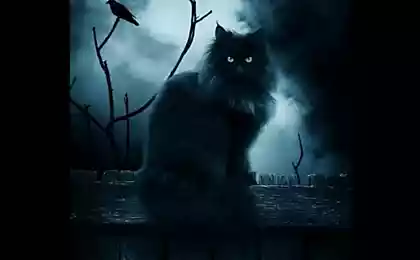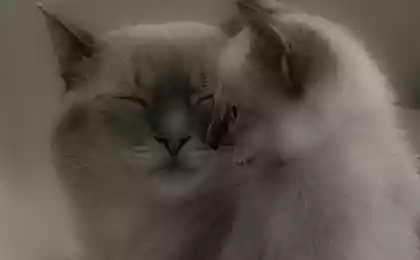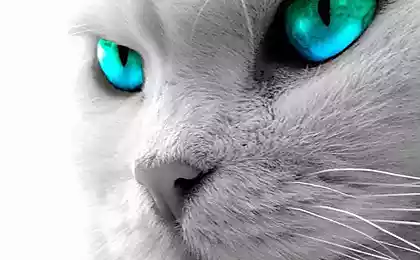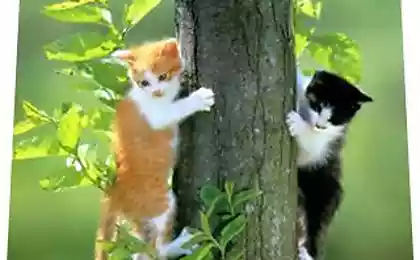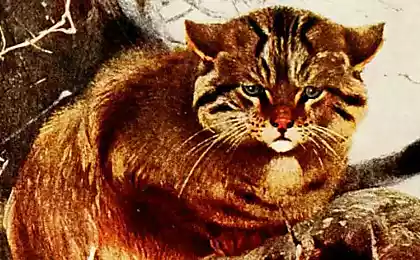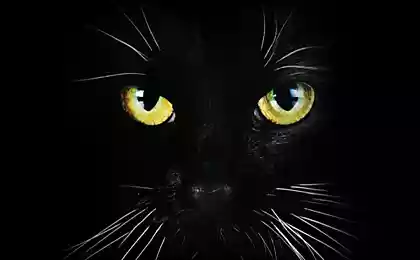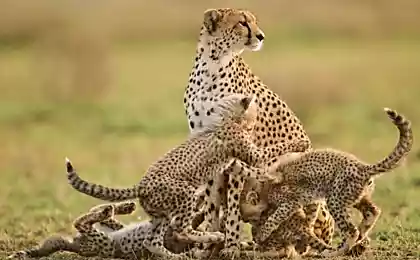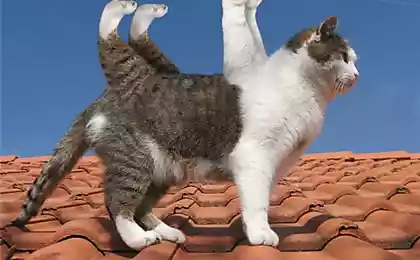628
Cat Irimoto (8 photos)
Iriomoteyskaya, irimotskaya or Japanese wildcat (Prionailurus bengalensis iriomotensis) is one of the rarest and most endangered species in the world.
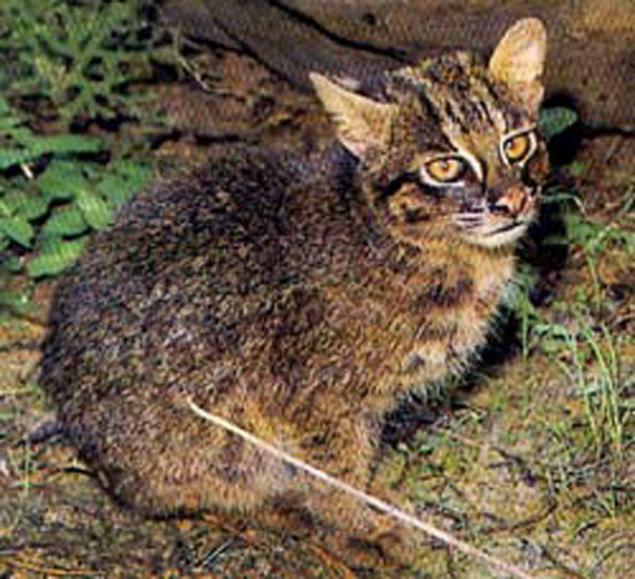
This species was first described in 1967, and as always, when there is something new, caused much controversy, to consider it a separate species or a subspecies of the cat just make-fishing or Asian leopard gold cat. And all because these species have in common. Two independent teams of Japanese scientists conducted a 1990goda - molecular analysis of DNA and concluded that irimotskaya cat most closely associated with the Bengal leopard cat and that genetic separation occurred less than 200,000 years ago, which coincides with the office of the Ryukyu Islands from the mainland. Both teams of scientists also concluded that the Japanese wild cat during this time acquired quite unique characteristics to qualify it as a separate species.

This small cat weighing 3-7 CHy body length of 38 to 65 cm, with a tail of 16 to 45 cm. Females have an average body size of 48 cm., Slightly more males - 53-56 cm. Paws and tail are small compared to body, because the height at the withers is only 25 cm. Color - dark brown with horizontal rows of spots that often form a fuzzy stripes on the neck and legs.

On the island of Iriomote land only 116 square miles, and the cat lives at low altitudes in the coastal areas. Here they hunt rats, bats, birds, reptiles and insects. Information gathered for the last time showed that their diet contains crabs and fish, as they swim very well. Lead is mainly nocturnal prey on the ground, but if necessary, and climb trees.






This species was first described in 1967, and as always, when there is something new, caused much controversy, to consider it a separate species or a subspecies of the cat just make-fishing or Asian leopard gold cat. And all because these species have in common. Two independent teams of Japanese scientists conducted a 1990goda - molecular analysis of DNA and concluded that irimotskaya cat most closely associated with the Bengal leopard cat and that genetic separation occurred less than 200,000 years ago, which coincides with the office of the Ryukyu Islands from the mainland. Both teams of scientists also concluded that the Japanese wild cat during this time acquired quite unique characteristics to qualify it as a separate species.

This small cat weighing 3-7 CHy body length of 38 to 65 cm, with a tail of 16 to 45 cm. Females have an average body size of 48 cm., Slightly more males - 53-56 cm. Paws and tail are small compared to body, because the height at the withers is only 25 cm. Color - dark brown with horizontal rows of spots that often form a fuzzy stripes on the neck and legs.

On the island of Iriomote land only 116 square miles, and the cat lives at low altitudes in the coastal areas. Here they hunt rats, bats, birds, reptiles and insects. Information gathered for the last time showed that their diet contains crabs and fish, as they swim very well. Lead is mainly nocturnal prey on the ground, but if necessary, and climb trees.





